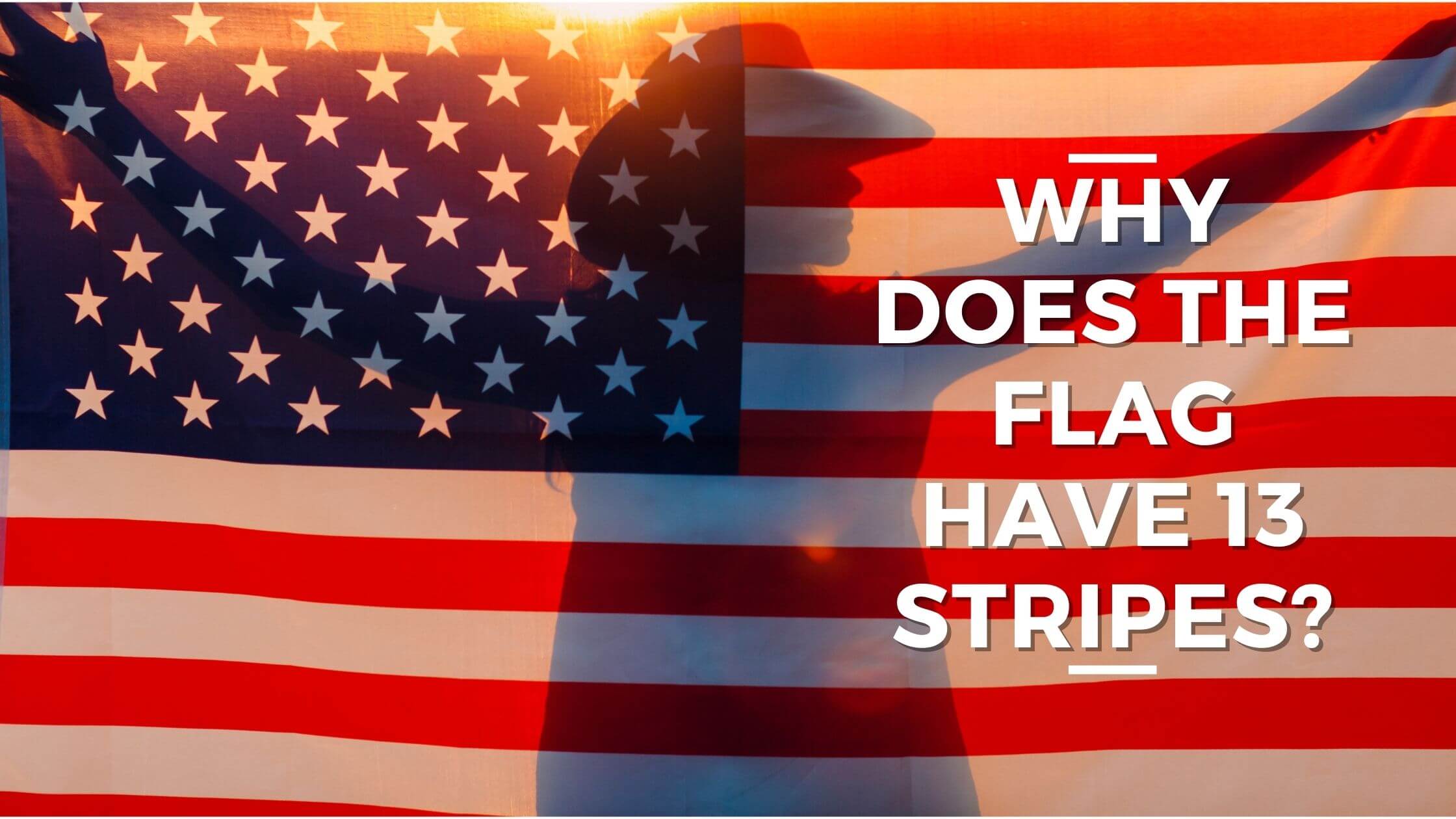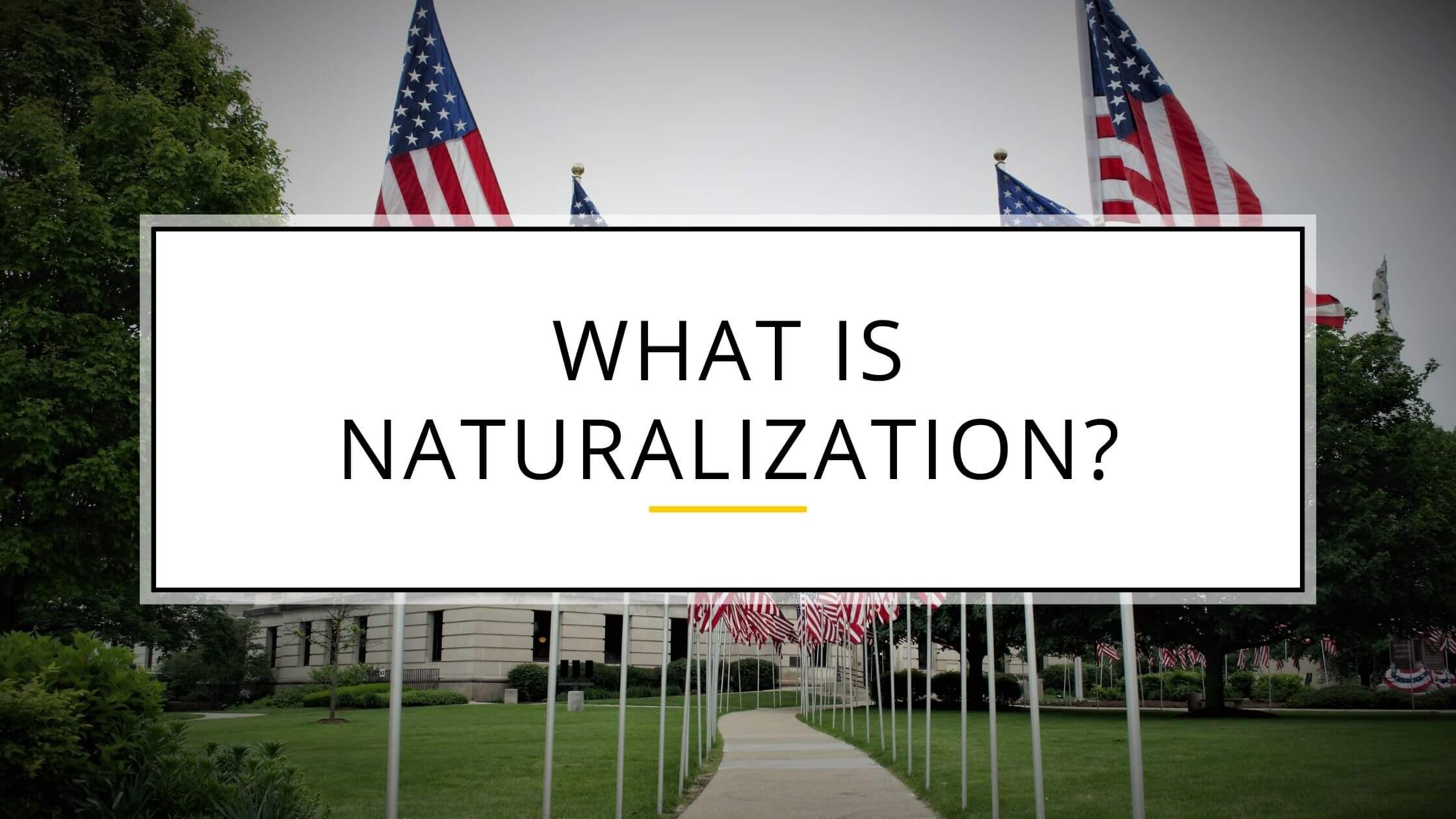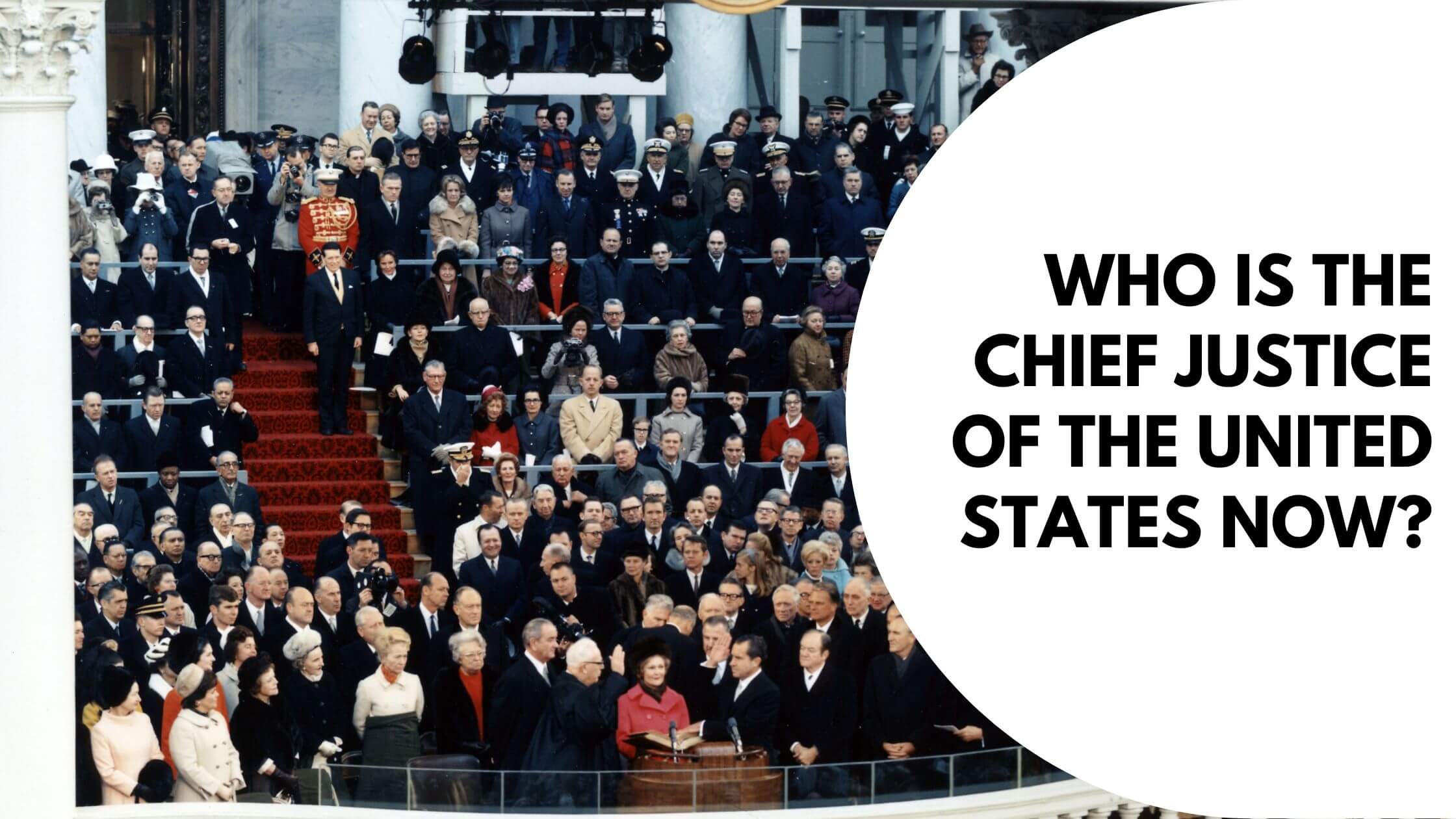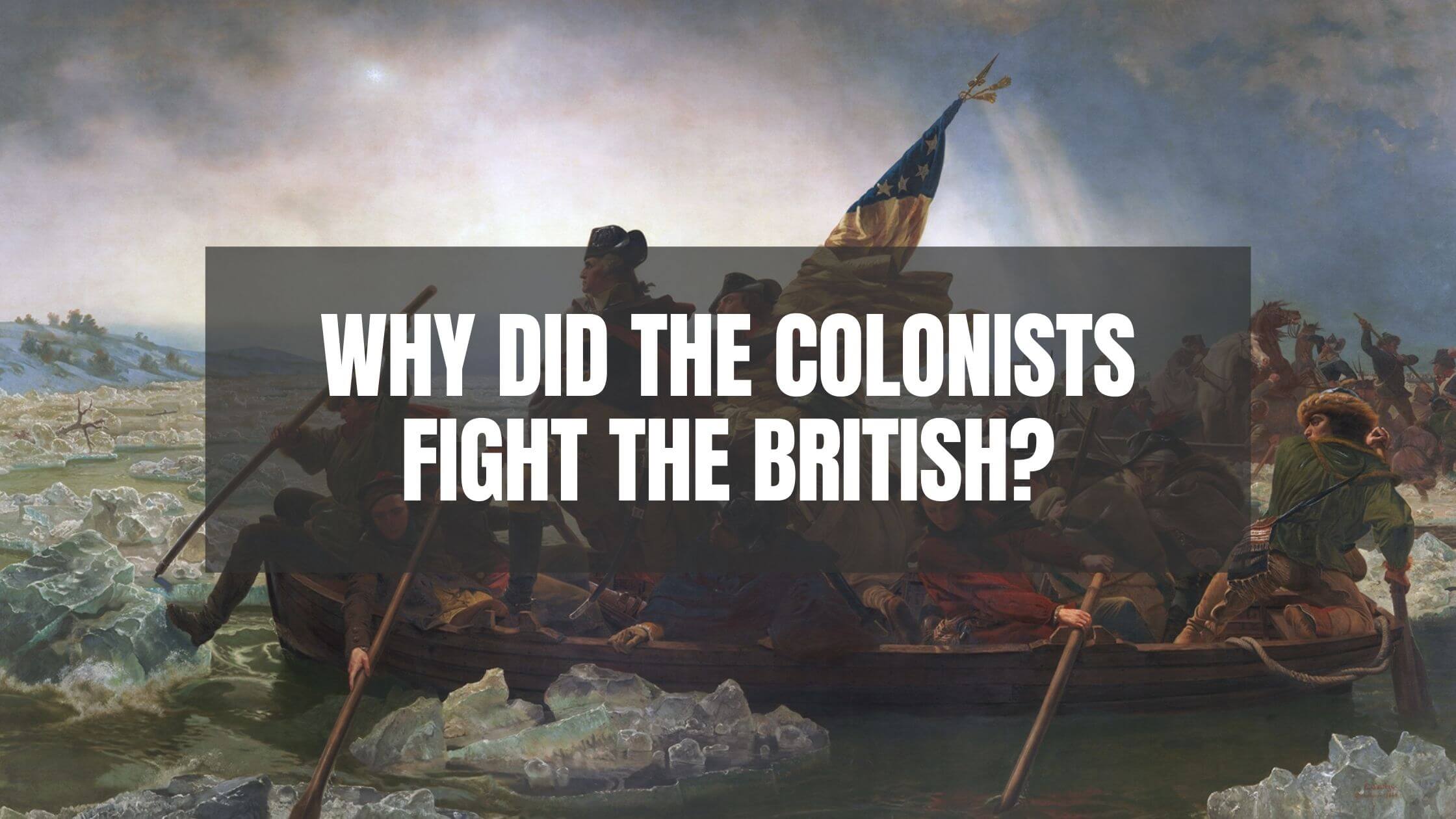Table of Contents
ToggleTo pass the US citizenship test, you will have to answer 10 of a possible 100 questions. The following question is from the USCIS test.
Acceptable Answers:
- because there were 13 original colonies
- because the stripes represent the original colonies
The following is a full explanation of the USCIS question:
Both answers mean the same thing but show that different phrasings are accepted. Either way, it is all about those original colonies that made up America before the nation gained independence. What were the thirteen colonies and has the United States flag always recognized them in this way?
What Were the Thirteen Colonies?
The Eastern Seaboard of the United States is home to some of the oldest states in the Union. Here, European settlers landed on American shores and set up their first colonies. Over time, these developed and we ended up with thirteen colonies. They were as follows.
- New Hampshire
- Massachusetts
- Rhode Island
- Connecticut
- New York
- New Jersey
- Pennsylvania
- Delaware
- Maryland
- Virginia
- North Carolina
- South Carolina
- Georgia
Each of these thirteen colonies has its own history and a very different story to tell. Some stretch back to the 1600s, such as Virginia and the 1607 settlement of Jamestown. And the Pilgrims that arrived on the Mayflower in Massachusetts in 1620.
By the time of the Revolutionary War, there were thirteen distinct colonies with their own state governments and representatives. Leading figures across the colonies met to draw up the Declaration of Independence in 1776 and then again at the Constitutional Convention to draft the constitution. Once a colony ratified the constitution, they officially became a state. Delaware was the first to do so, and Rhode Island the thirteenth.
Have There Always Been Thirteen Stripes on the United States Flag?
Yes and no. The original design of the American flag is a long way from the one that we use today, but it does have the same pattern of red and white stripes. This has been in place on the majority of flag designs over the last 250 years or so. However, there was one design that went against this trend.
The Second Flag Act was approved by Congress on January 13, 1794, to allow for a new flag design. The aim was to incorporate two additional states that joined after the original 13. They were Vermont in 1791 and Kentucky in 1792. However, in addition to adding two more stars, they also added two more stripes.
The second flag, therefore, is a bit of an anomaly, which is odd when we consider that this is the infamous Star-Spangled Banner that inspired the song of the same name. There is a nice symmetry to the design, but it is probably a good thing that the number of stripes didn’t continue to grow in line with the current 50 states.
Were There 13 Stripes on the American Flag Before 1777?
The first national flag of the United States and the first to carry this design with the thirteen stripes was the one created by Betsy Ross. The flag was commissioned in 1777 so that the newly independent nation had something of its own. Ross adapted a draft to create the thirteen stripes and the blue corner with thirteen stars in a circle. She also switched the shape of the stars from six-pointed stars to five-pointed ones.
Before this, there was nothing on the flags flown in the thirteen colonies to represent the make-up of the emerging nation. Instead, the flags represented Great Britain and its control over the colonies. Up until independence following the Revolutionary War, the Union Jack would have been a common sight. The British Red Ensign also had this symbol in the top corner of a red background.
Different Designs but 13 Stripes Remain
Beyond the more extravagant Star-Spangled Banner, all subsequent designs have had thirteen stripes. There have been 27 designs in total, including the current one that came into effect in 1960. Before being submitted for consideration, this modern flag was designed as an assignment by a high-school student. The designer has since passed on, but the flag is still in place and will be until a 51st state is admitted to the Union.

Get Smarter on US News, History, and the Constitution
Join the thousands of fellow patriots who rely on our 5-minute newsletter to stay informed on the key events and trends that shaped our nation's past and continue to shape its present.
The main difference in all of these designs is the layout of the stars on the blue background. Most of the time, they are in symmetrical rows for a nice ordered effect. However, the Great Star Flag of 1818 arranged the white stars in the shape of a bigger five-pointed star.
This applies to all the flags that were official flags of the United States of America and the Union. A few designs were flown with thirteen stripes and various stars during the Civil War as more states were admitted. But, in the Confederacy, there was an entirely different design with a cross and a different arrangement of stars.
Why Are the Stripes Red and White?
Another common question about the flag stripes regards their color. We know why there are thirteen of them, but why red and white? Red, white, and blue are the patriotic colors of America because of the flag, and this makes a lot of sense when you learn more about their meaning.
The white stripes are meant to signify purity and innocence in contrast with the valor and toughness of the red ones. The blue, meanwhile, represents the spirit of perseverance and vigilance.
What Will Future Flag Designs Entail?
The deep symbolic meanings within the flag and its long history suggest that it is unlikely to change much – if it ever has to. The thirteen red and white stripes and general layout of the stars are in place on the pre-designed flag for a 51st state. They are also sure to stay in place beyond this if needed.
Interestingly, this flag has two distinct sides – the part with the stars that evolves and the section of stripes that is fixed. It demonstrates how important those thirteen colonies were and how much we want to remember that as a nation.











